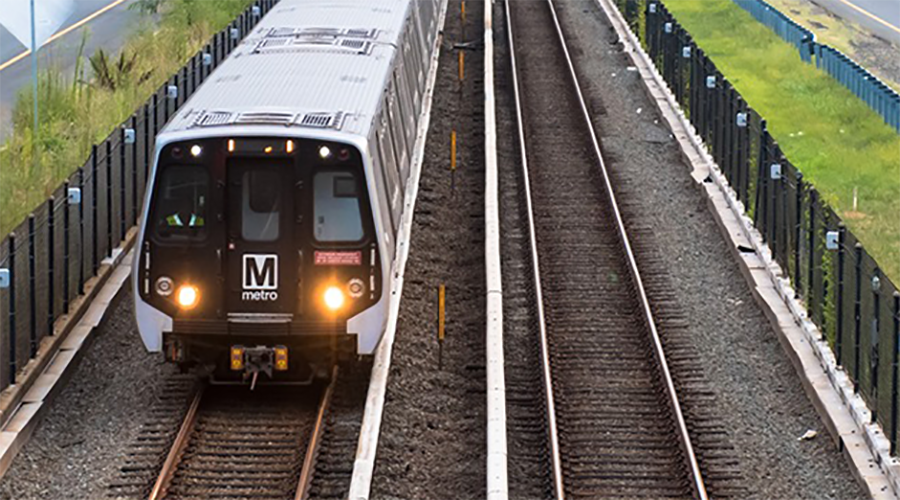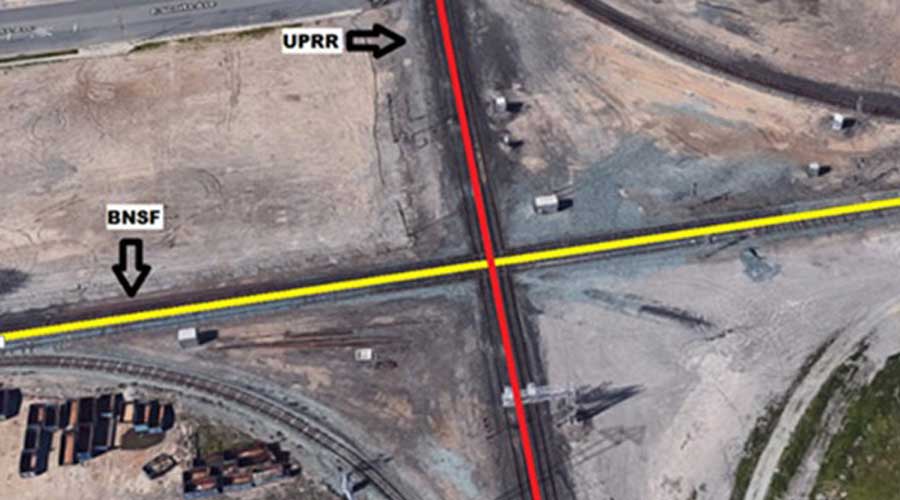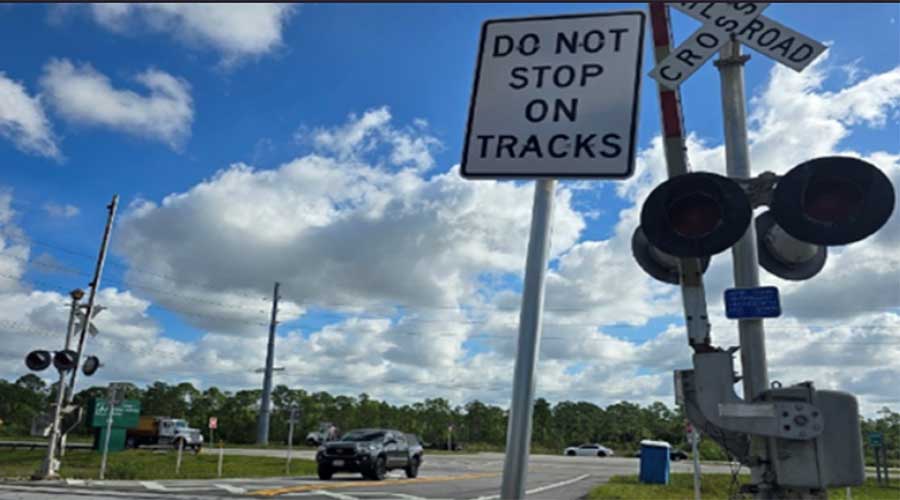Stay updated on news, articles and information for the rail industry
11/7/2013
Rail News: Safety
NTSB closes more safety requirements for WMATA
The National Transportation Safety Board (NTSB) has closed seven more of Washington Metropolitan Area Transit Authority's (WMATA) outstanding safety recommendations, bringing the total number closed to 20 out of 29, the agency announced yesterday.
The NTSB's action marks WMATA's "steady progress" toward improving the system's safety for riders and employees, said WMATA General Manager Richard Sarles in a press release.
"With the hard work of our employees and continued funding support from our stakeholders, we will stay on our path to bring all safety recommendations to closure," he said.
NTSB issued the recommendations after a Red Line crash killed nine people in 2009.
Of the remaining nine recommendations, four have been submitted to NTSB for closure. The other five recommendations involve longer duration projects — such as the replacement of all 1000-series cars — that are under way but will require more time to complete, WMATA officials said.
The seven recently closed recommendations required the agency to:
• ensure appropriate coordination between maintenance and design departments to resolve issues before new equipment is purchased;
• establish a single point of responsibility within car maintenance to quickly evaluate and incorporate actions identified through accident investigations or related research;
• establish written procedure for rail lubrication for single-track operations over switches and turnouts;
• review and update operating rules related to roadway worker protection;
• review medial history and physical examination forms at all transit properties and modify them to solicit information about sleep apnea or other sleep disorders;
• establish a program at all transit properties to identify operators at risk for obstructive sleep disorders and require treatment; and
• remove unnecessary wayside maintenance communication to eliminate the potential for interference with the automatic train control system.


 2025 MOW Spending Report: Passenger-rail programs
2025 MOW Spending Report: Passenger-rail programs
 Gardner steps down as Amtrak CEO
Gardner steps down as Amtrak CEO
 Guest comment: Oliver Wyman’s David Hunt
Guest comment: Oliver Wyman’s David Hunt
 Women of Influence in Rail eBook
Women of Influence in Rail eBook
 railPrime
railPrime








